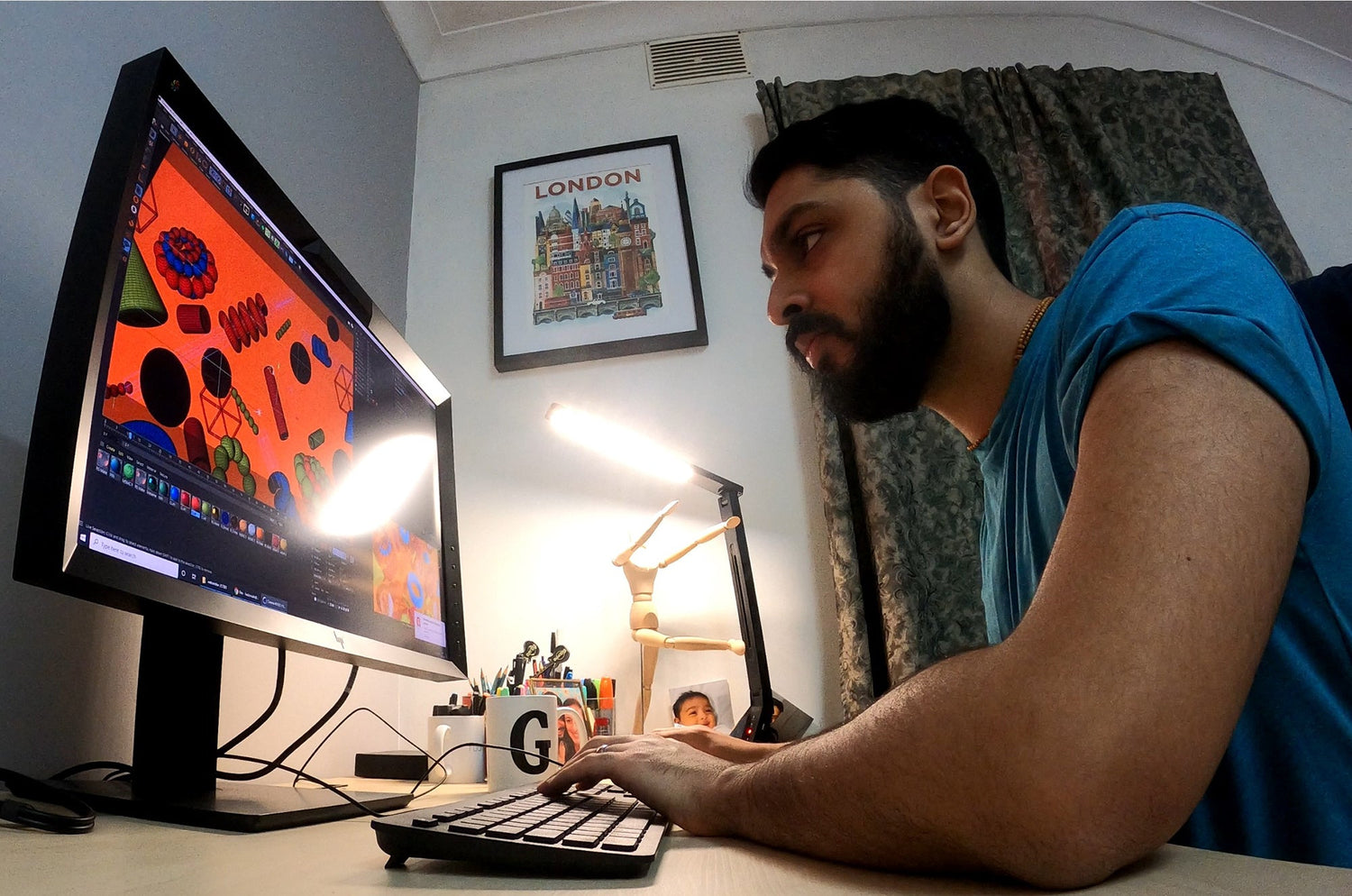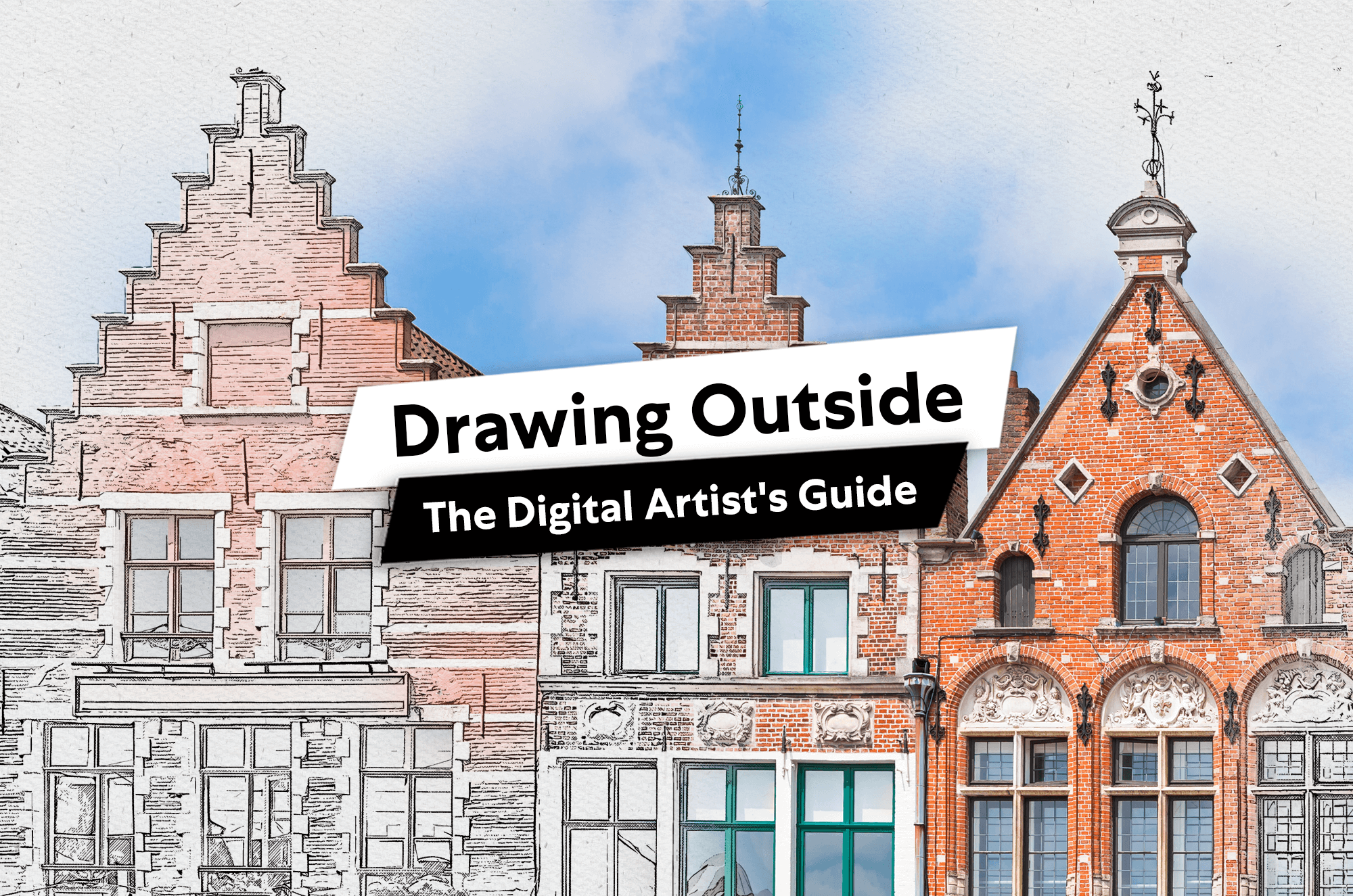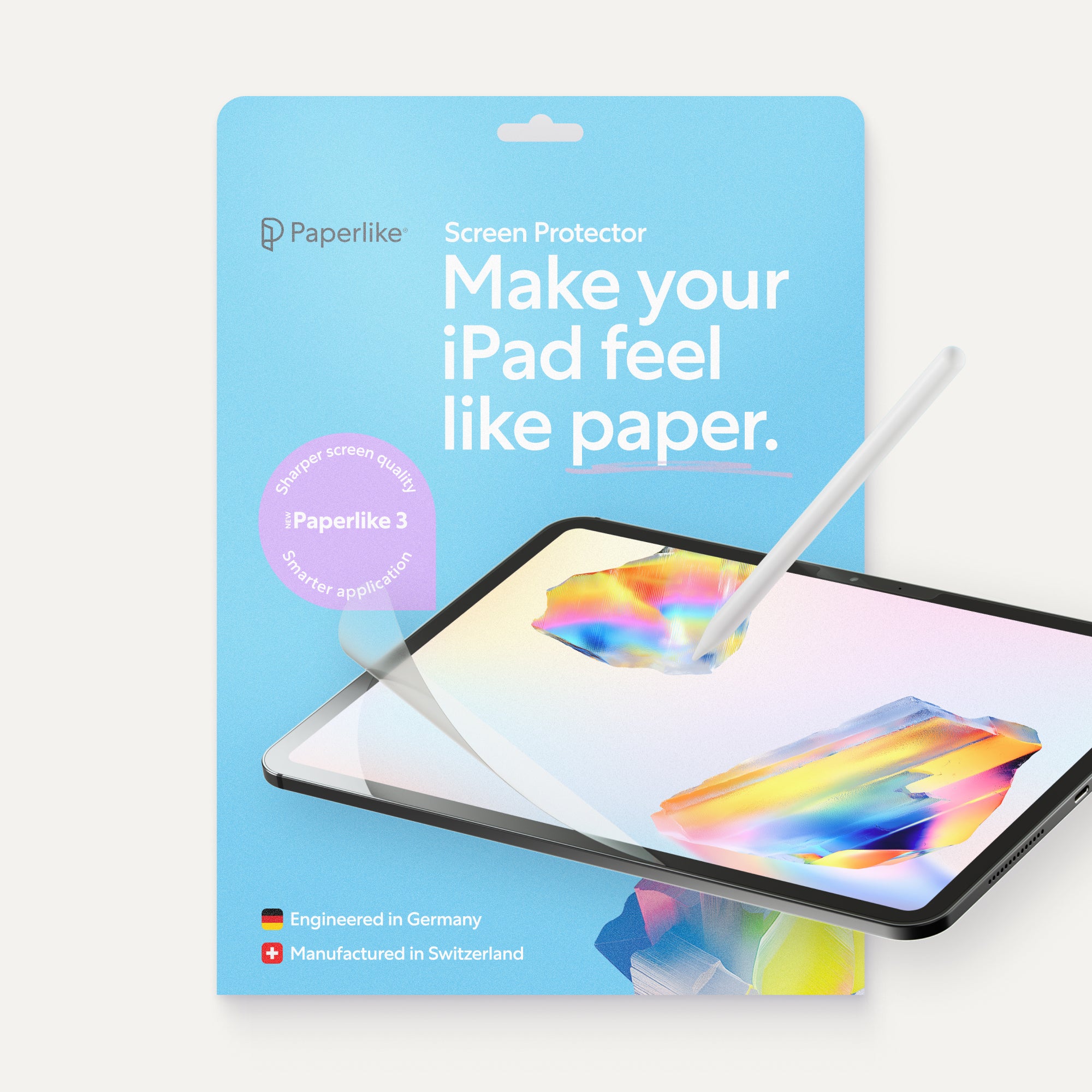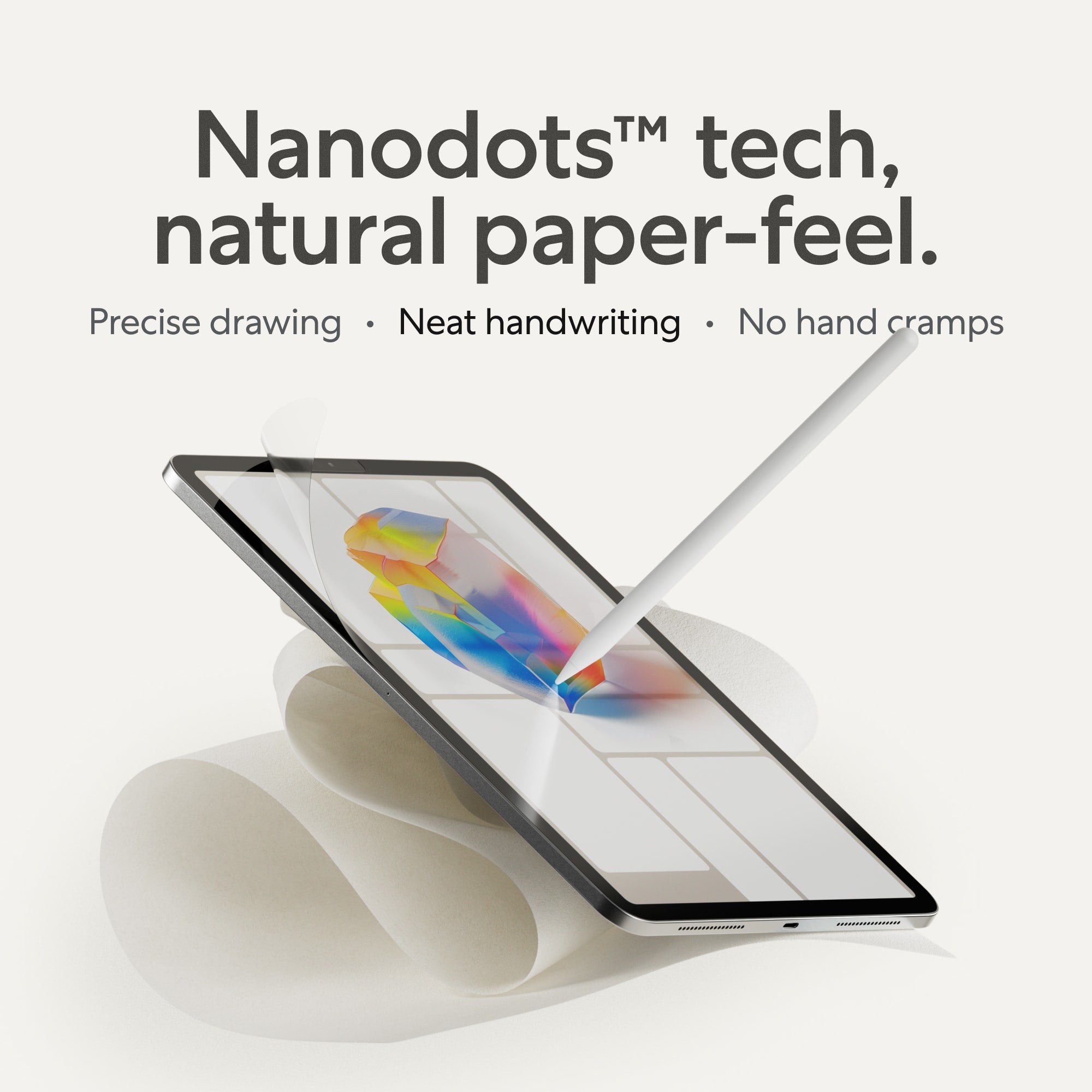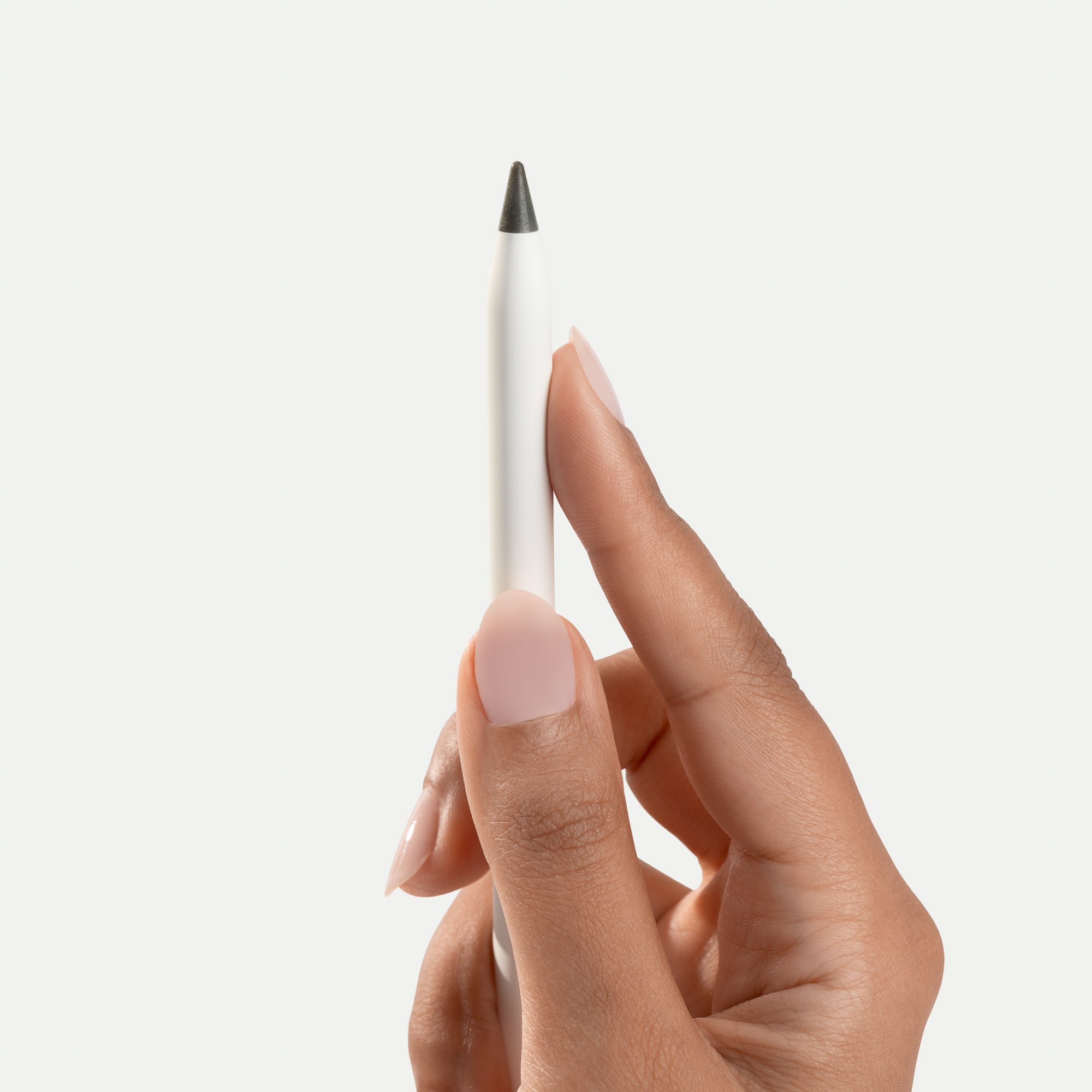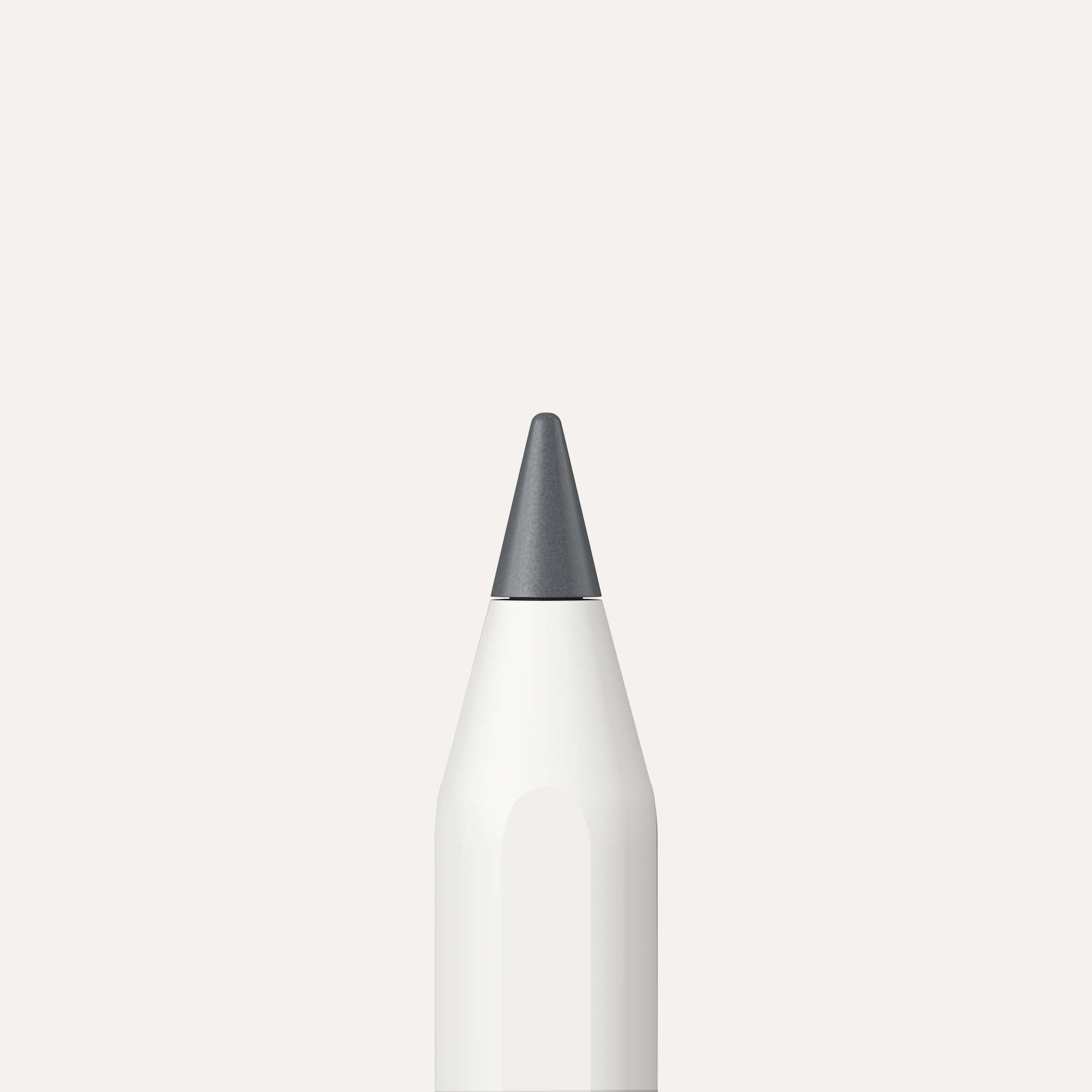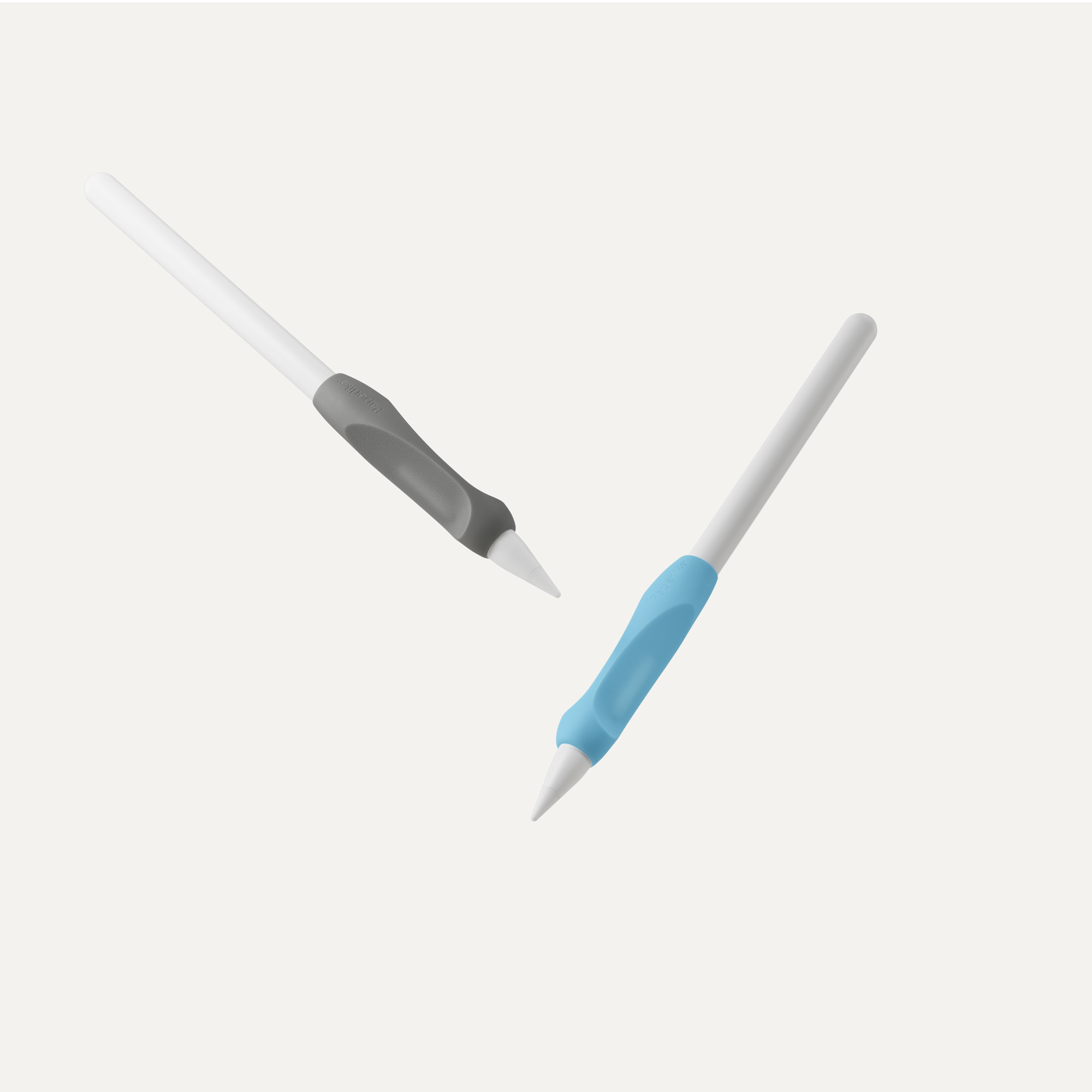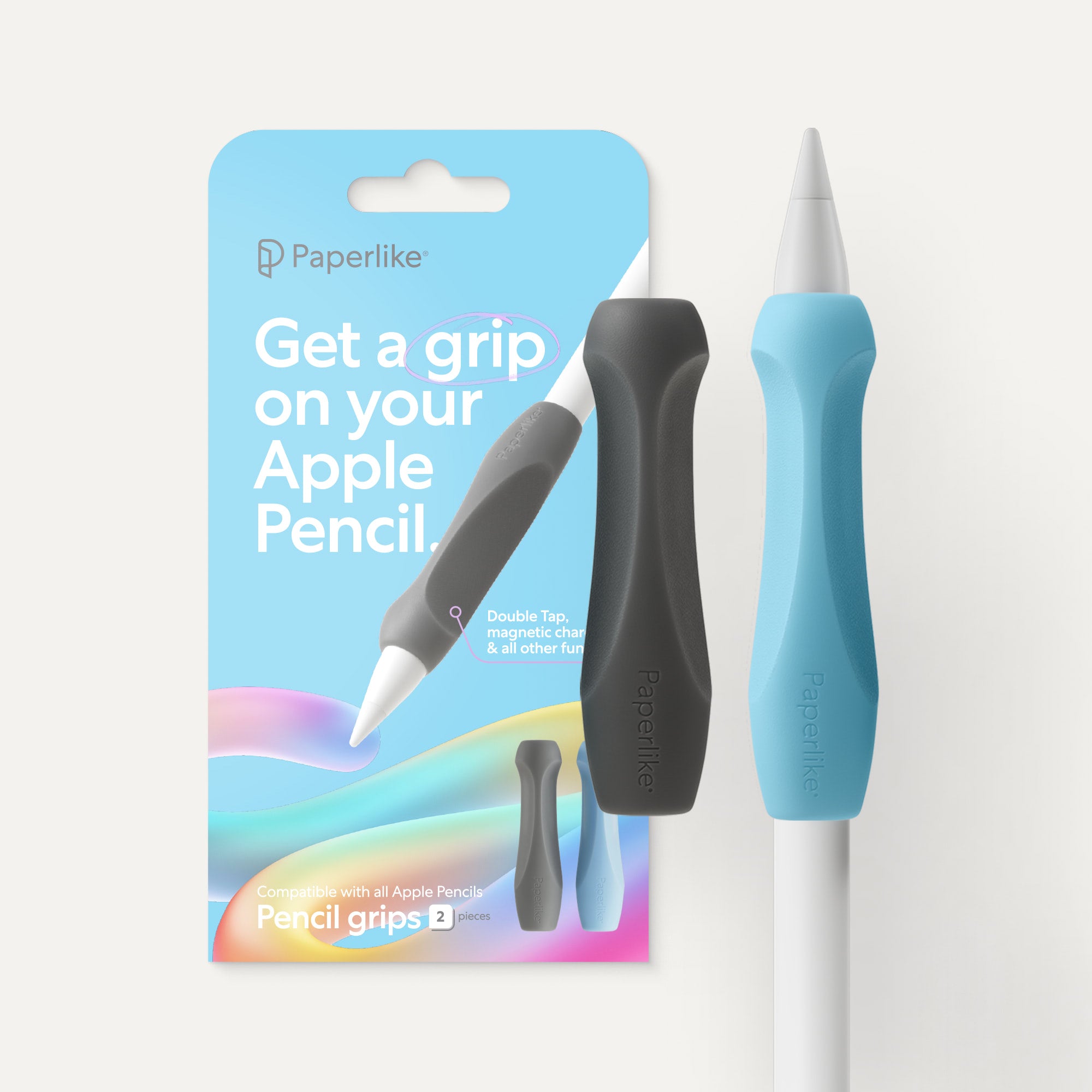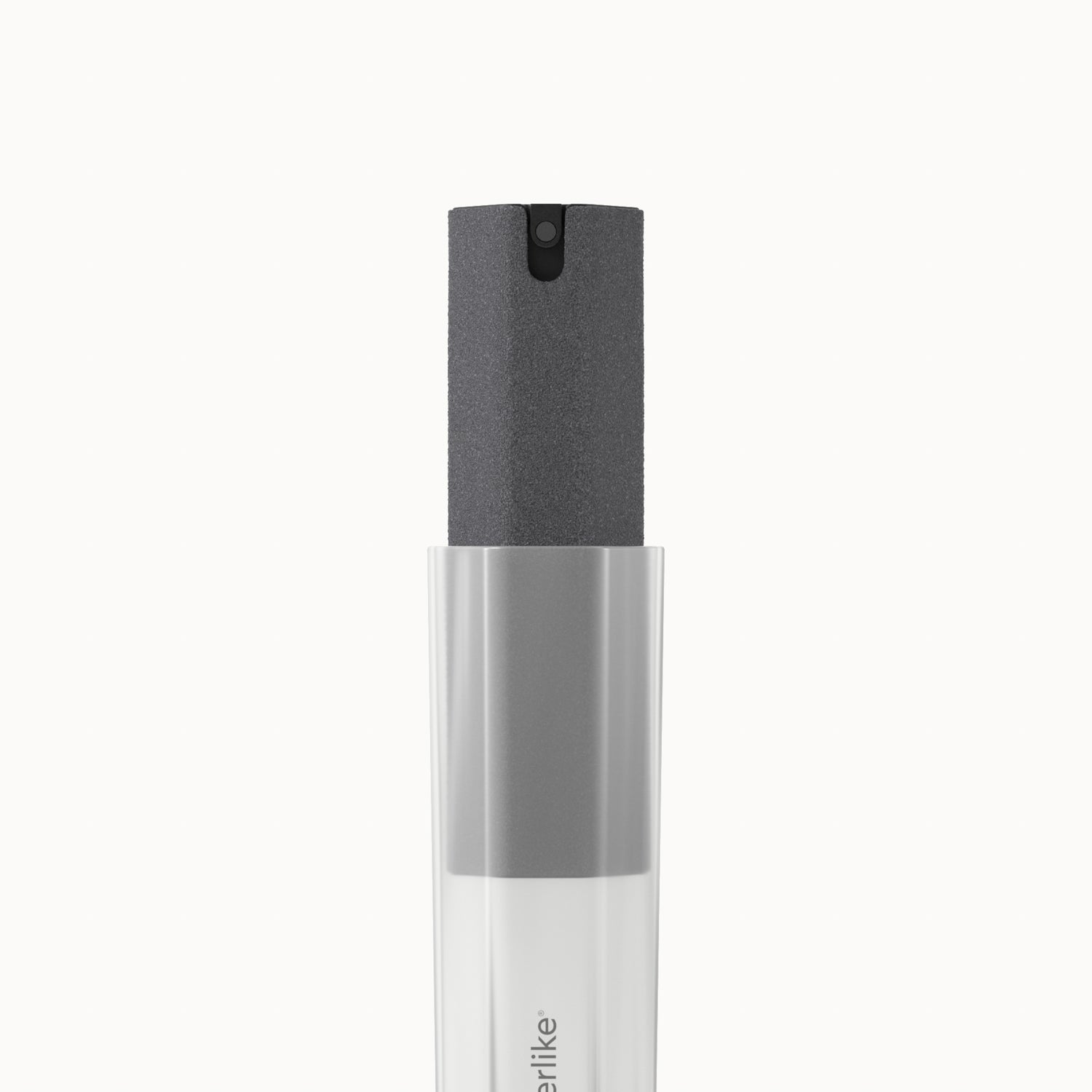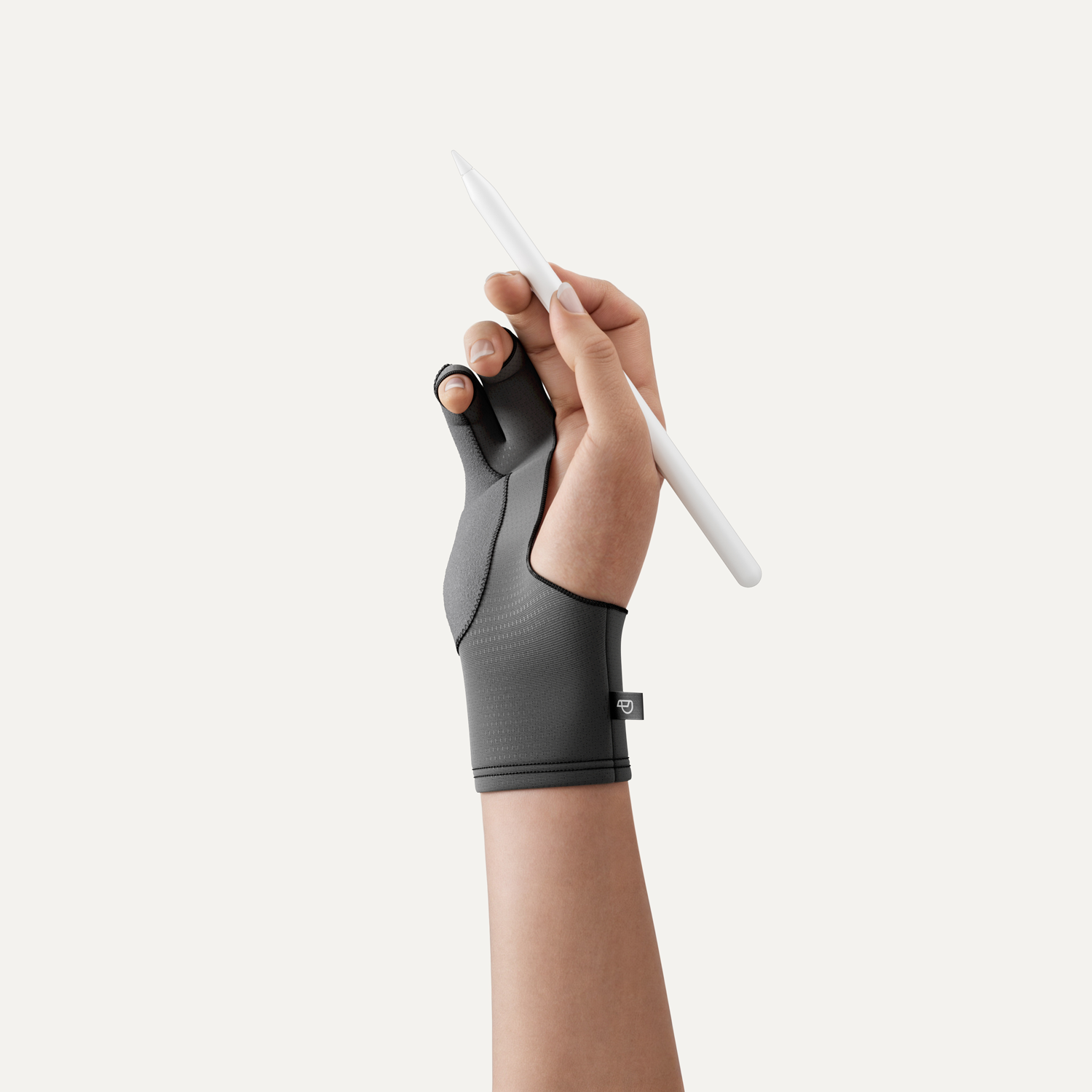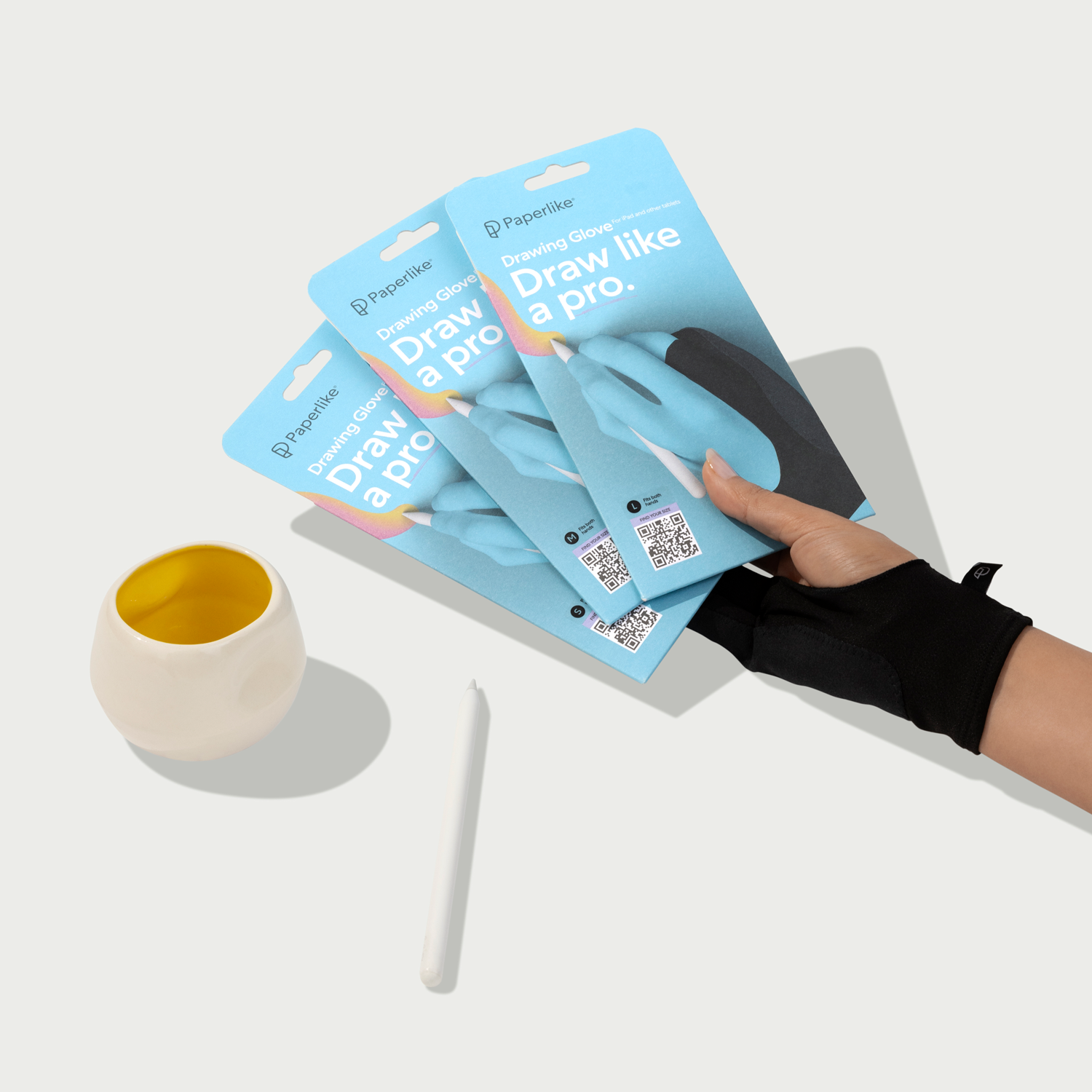Elegant drawings and perfectly photographed portraits are easy to appreciate. But motion can’t be admired in the same way; it has to be experienced.
That’s a regular consideration for Hashmukh “Hash” Kerai (@hashmukh), a thriving motion designer and 3D illustrator based in London. Over the course of his career, Hash has worked with a variety of commercial clients to bring images and illustrations to life.
But, like many other artists in this field, Hash didn’t start out working with motion graphics. In fact, until college, he didn’t even know what it was.

From Zero to Freelancing
Like many artists, Hash doodled as a kid, but he never focused intensely on the artistic side of things until high school. And even, then he credits a film photography class with opening his creative mind.
“I think my creativity only came into play when I took a film photography class in high school,” he said. “That was the first instance of understanding what it's like to play with a blank canvas. Through the lens, I started to understand color and lighting and composition.”
Those elements of design and creativity resonated with Hash. They gave him an idea of his future career choices and what he might want to do professionally after he graduated. In college, Hash studied film and film studies, but he was still “chopping and changing” about what he wanted to do.
That’s how he happened across motion graphics, which is focused on adding animation to the graphics drawn by artists and designers.
“It’s often my job to come in and almost bring life into whatever design or creative asset is here,” he said. “So, turn those flat graphics that you might make in Photoshop or Illustrator and add movement and bring them to life.”
But picking up the principles of motion design wasn’t as easy then as it is today. Though Hash had a firm grounding in the basic principles of photography from his high school class, learning how to create motion — rather than simply trying to capture it — was altogether different.
“When I started motion graphics, you’d have to find the magazine or book in the library and read it like a user manual, which was really annoying and long-winded,” he explained. “But then, all of a sudden, people started uploading stuff to YouTube.”
Hash found success through those tutorials and ended up mastering Adobe After Effects and Cinema 4D. From there, Hash attended London Metropolitan University, where he studied motion graphics before striking out on his own as a freelance motion graphics designer.

The Method Behind the Motion
According to Hash, production with motion graphics is often different from what graphic designers and illustrators might experience. This happens because motion design takes place so late in the creative process.
While there is often a set workflow when working with clients, the actual work that Hash needs to complete often takes place after the initial designs are finished.
It can be frustrating, he says, because motion graphics “can be an afterthought” in the commercial world. Plus, if the client hasn’t really thought about adding motion until very late in the process, there may not be much that he can do.
But when those opportunities present themselves, Hash says that motion can breathe new life and meaning into the creative process. If he’s brought in early on a project, he can provide direction and consultation to help the team create content where motion can thrive.
Creative direction aside, Hash says that the actual techniques that a motion designer needs are pretty easy to pick up, especially if you know the basics of Adobe software tools like Photoshop, Illustrator, or Premiere.
“You just need to spend a weekend opening After Effects and playing around,” he explained. “I think a lot of people get really frazzled by it all, but it’s pretty easy to pick up. And once you get the ball rolling, you can do all sorts of crazy stuff.”
But, despite the skills that motion designers may have in their toolkit, the techniques that clients often want Hash to implement on commercial projects can feel very stale because of how most advertising agencies work. Hash says that he often finds himself following current trends or specific design practices simply because they’re popular.
That can lead to work that feels “a bit boring” for the motion designer — and it’s what led Hash to develop the poppy, colorful, and toylike style that he consistently promotes on Instagram and within his creative portfolio.

Building Something Unique
For Hash, the biggest downside to the repetitive and often boring work that he found himself doing for commercial clients wasn’t always the work itself. In the short term, those jobs helped him keep food on the table and survive while living in London.
In the long term, they had another downside: Because the advertising industry tries to pursue popular trends and follow accepted styles, Hash was never able to create a body of work that he could use to stand out.
As a result, he was continually hired to do the same, unattractive work that he had done for previous clients.
“A lot of the motion graphics stuff I did was so normal within the motion graphics world that it was very hard for me to create a name or style for myself,” he said.
Partly as a break from his client work, Hash started developing a color-rich style that was nearly opposite of what he dealt with during the traditional workday. That, he says, was a good escape from the corporate world, and it allowed him to get back to his roots.
Hash explained: “I just found myself having fun playing with color. I guess it reminded me of when I was younger and being in art class and playing with colors and different patterns, and, you know, mixing paints and seeing what happens when you play around with colors or blending together.”
The result, after a few years of work, is a poppy and unique style that Hash is proud to call his own. While this new style follows all the foundational principles of design, the added color and organized chaos of the style make for an attractive offering.
He started posting the newer work to his portfolio and to his social media — two steps that were essential to acquiring the kind of clients that he wanted to work with.
It’s a necessary step that Hash recommends to every artist.
“If you’re constantly showing boring stuff on your portfolio, the client’s never going to take a leap of faith and say, ‘Oh, why don’t you try this out?’” Hash said. “They can only see what’s in front of them.”
Overall, Hash’s pivot to a brighter and more unique style has been a resounding success. Over the last year, different clients have noticed the change and have indicated that they want to implement that style for their brand. This has given Hash the opportunity to do more of what he loves and also to help guide the art direction much earlier in the process.
“I’m no longer the afterthought, where I used to be with motion graphics,” he said. “I come in a lot earlier in the process to be able to give a vision for the full project.”

Choosing Diversity
Hash has been a part of so many projects and teams, and the expedited nature of the work he does means that he often works in-house. Because of that, he’s had the opportunity to see the inside of many creative agencies.
It’s an experience that has stuck with him in the wake of equality movements like Black Lives Matter — especially as an ethnic minority within the industry.
Hash says that it wasn’t a big issue when he first started because he was new and just trying to make sense of his role. But, after a while, he started to notice.
“I think, over time, you start understanding,” he explained. “For instance, if I don't see someone one level above me who has been in my shoes, it's very hard to be able to relate to them and aspire to be that creative director or the art director.”
Hash points out that some companies have tried to address this by standing in solidarity with social movements, but he says the issue isn’t something that can be resolved by posting black squares online or hosting one-off diversity classes.
Until companies really change their hiring processes to create a diverse workforce, Hash doesn’t expect to see much change.

Up Next
Unlike many career professionals, Hash is the first to admit that he doesn’t necessarily have an immediate plan for the future. In fact, Hash says that he’s made it this far by keeping an open mind and trying things out.
“It's taken me about six or seven years into my career to find a style that I'm now having fun with and I want to pursue,” he said. “But I think for those first six years, I was very open to whatever came my way.”
This was essential for Hash, who entered the professional field as a freelancer directly from university and with no prior industry experience. He feels that learning a range of techniques and skills is “super important,” and he wants to maintain that level of openness and flexibility going forward.
Last year, Hash signed with Snyder New York (@snydernewyork) and has worked with them to find and serve clients outside of London. That, he says, has been a rewarding experience.
Currently, Hash is most interested in collaborating with other artists and rubbing shoulders with other creatives. Aside from that, he’s taking it a day at a time.
To find out more about Hash, check out his website, and be sure to view more of his work on Instagram.


